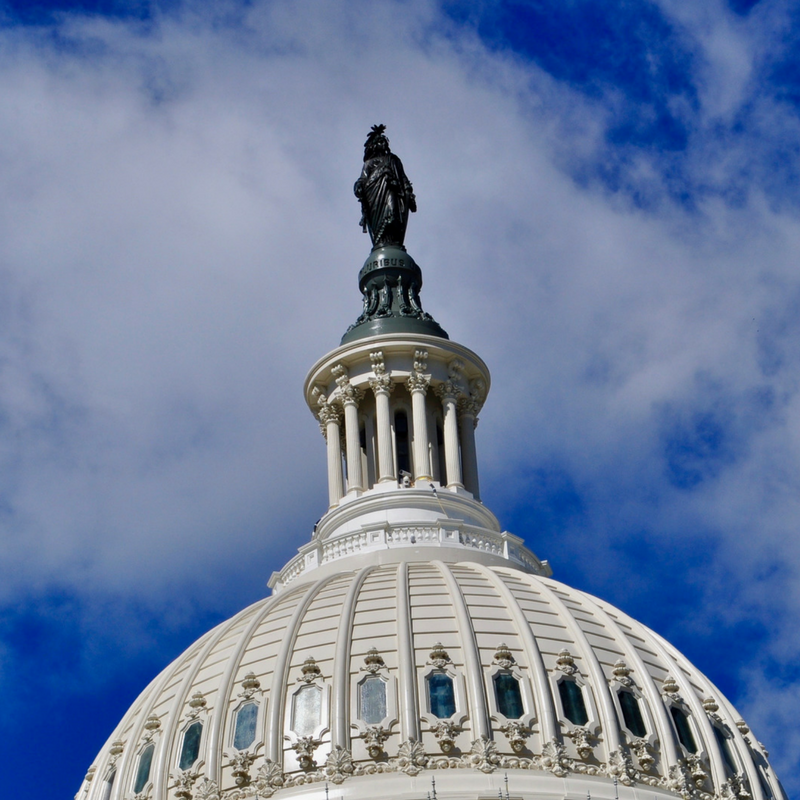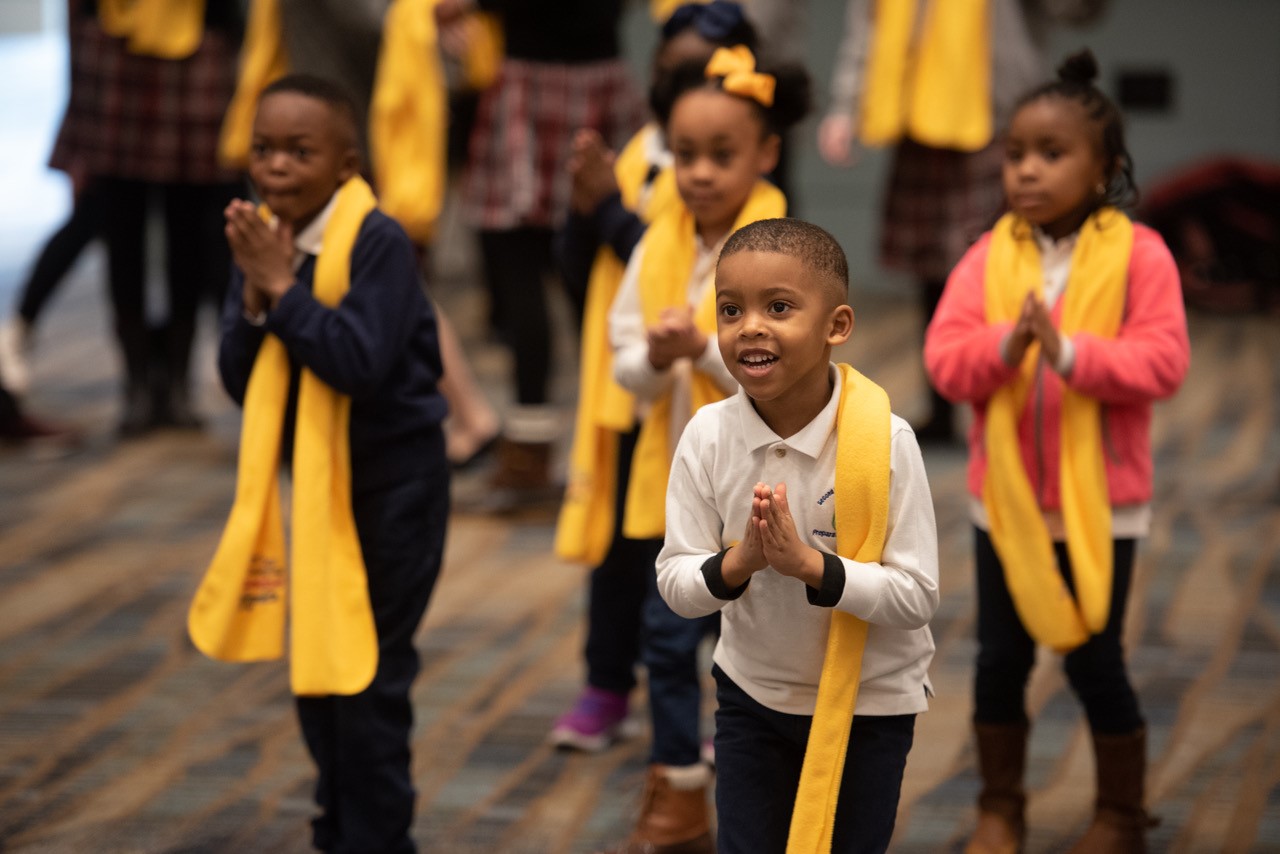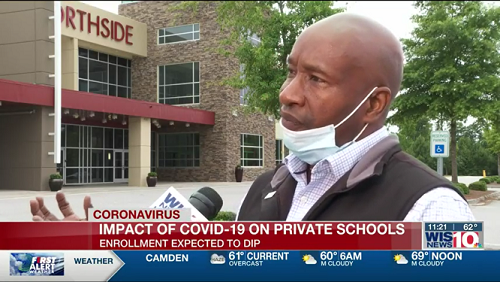Education is a State Issue…Keep It That Way

Adam Crain
Palmetto Promise Institute is shaping the national debate on education. As part of a coalition of state and national policy leaders, PPI joined 12 other organizations in signing a letter to Secretary of Education Betsy DeVos (read the official press release) urging the Trump Administration to respect the primary role of states when proposing any new federal school choice initiatives.
Central to PPI’s policy perspective is an abiding faith in the system of government America’s Founders birthed. One key provision is the Tenth Amendment, which reserves powers not delegated to the federal government to the states. The responsibility to educate the citizenry is, therefore, primarily a state issue.
On the education choice front, it has been the states that have led thus far. 30 states and the District of Columbia currently have at least one private school choice program, including South Carolina which has two. But it was not because the increasingly centralized federal Department of Education led to an education renaissance over the past decade, it’s because state legislatures know they can govern their citizens best and did so.
This is not to say that having an education choice ally in Washington is not a welcome development, it is. But it is also true that keeping education choice primarily the responsibility of the individual states is Constitutionally sound and smart policy.
What Can Washington Do?
Just because education is primarily a state issue, does not mean that education choice allies in Washington should be sidelined as long as they are there. Certainly not. Instead, as outlined in our letter, the federal government can make great headway in the choice movement by focusing on students already dependent on Washington’s governance: those in the DC school system, military-connected children, and Bureau of Indian Education schools.
- Children in the DC School System: Congress has already authorized the Opportunity Scholarship Program (OSP), but not every student in the District is eligible. Congress can expand choice in the District by increasing funding for OSP and transforming DC school funding to a student-centered model like ESAs.
- Military-connected children: Impact Aid is one of the oldest federal education programs on the books. Help nearly 700,000 students across America by transforming the way Impact Aid is disbursed. Redirect the money from a district’s general fund to student scholarship accounts.
- Bureau of Indian Education Schools: America has neglected to properly educate children under the jurisdiction of the Bureau of Indian Education. Transforming the funding mechanism for students in BIA schools will be a big step in the right direction for education choice.
What can Washington do? Wholeheartedly support the efforts of the individual states to erect their own sustainable education choice programs and actively work to make education choice a reality for these three primary student populations that are already federally-connected.




